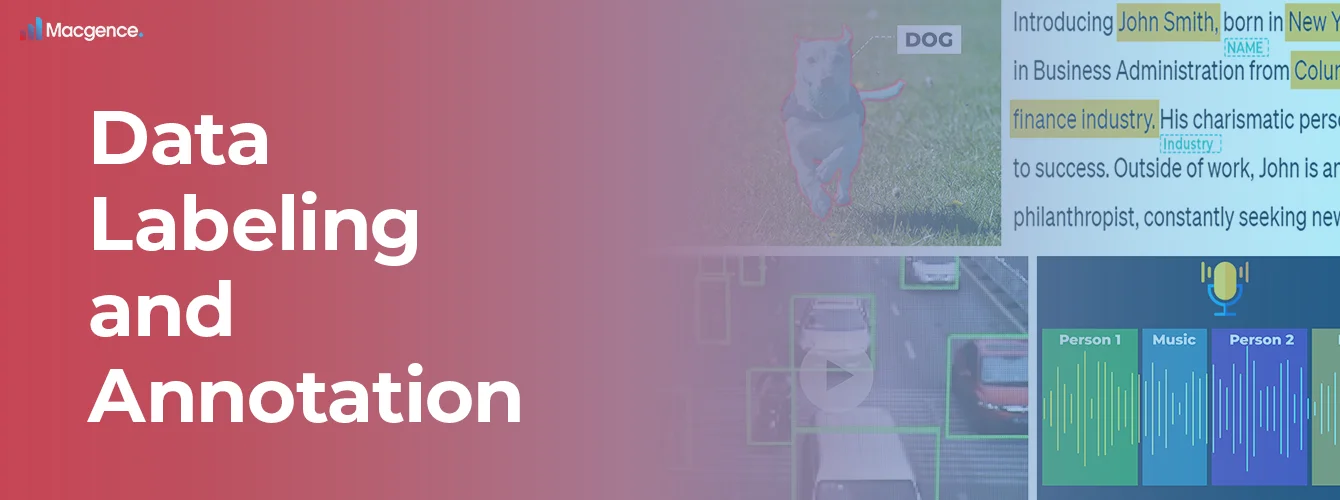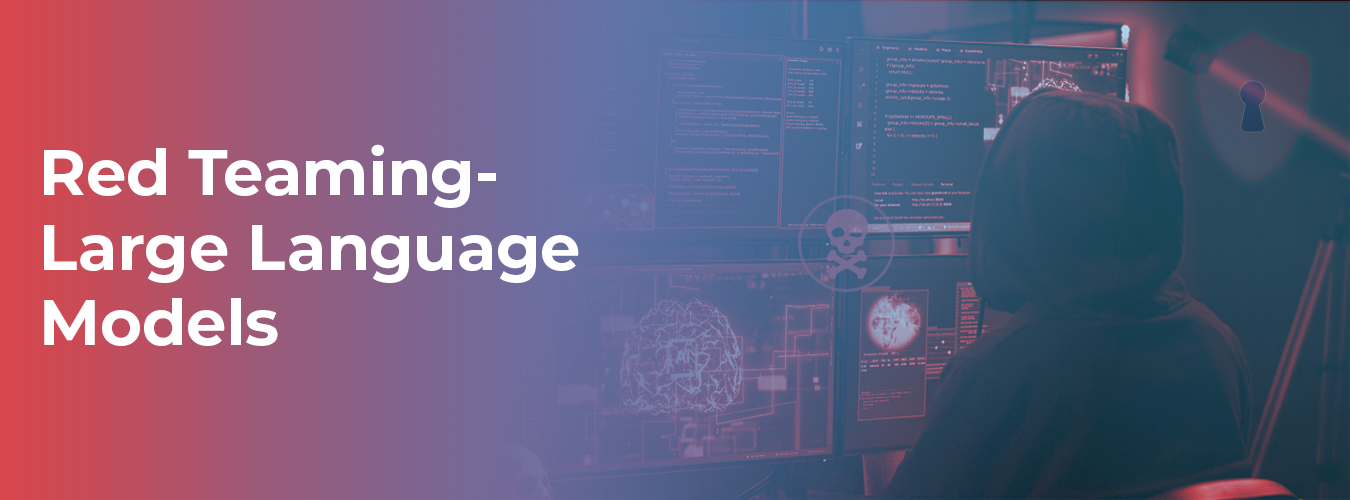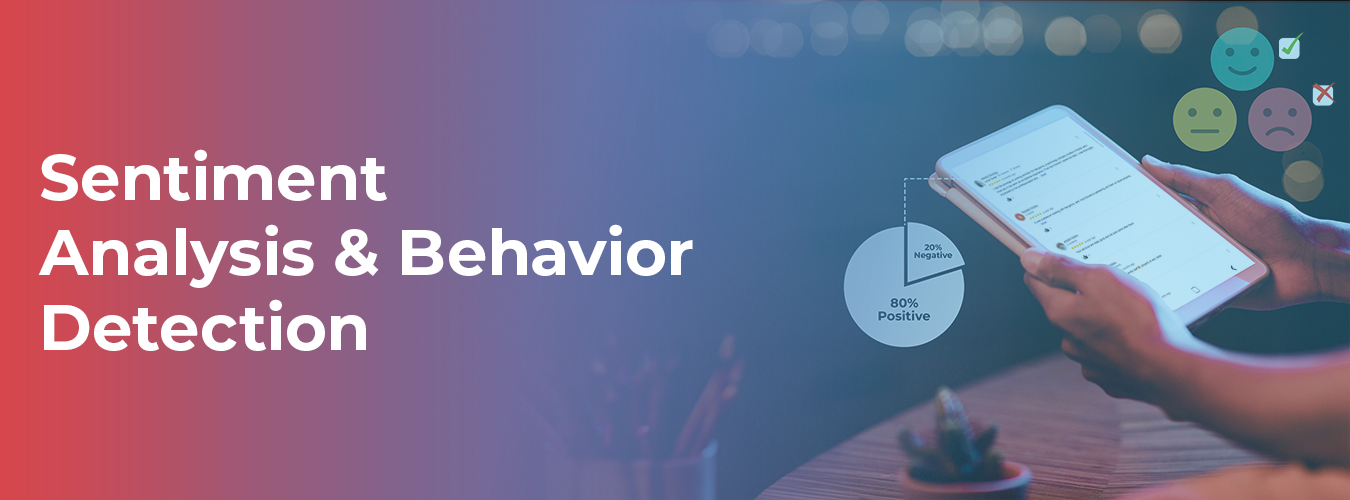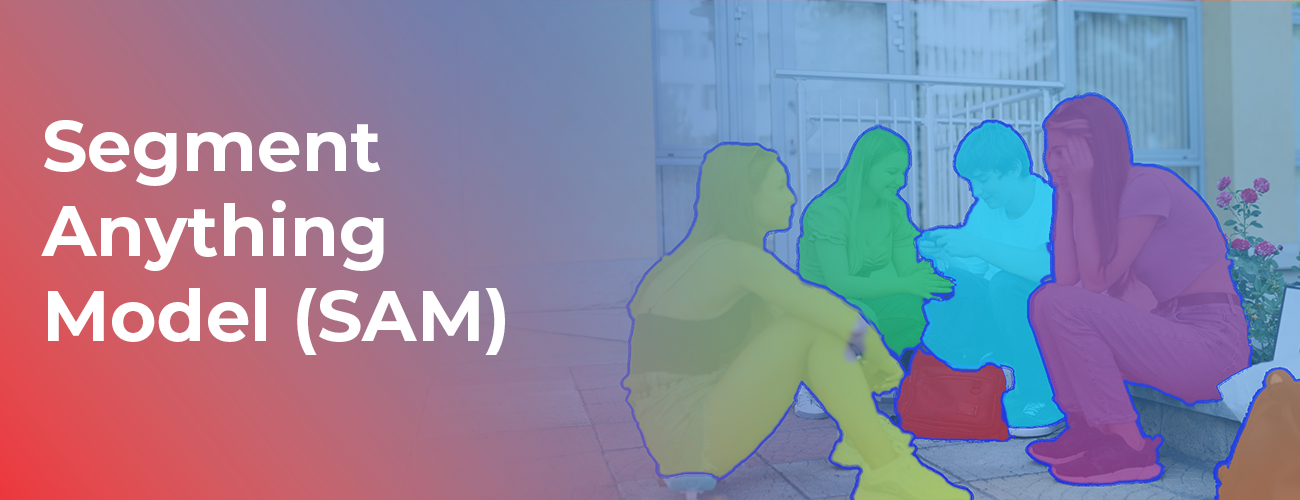As we are into 2024, machine learning (ML) and artificial intelligence (AI) are evolving quickly, impacting the performance of various sectors. At the heart of this transformative journey lies a fundamental component: “Data labeling and annotation.” The development of AI models across diverse fields, such as computer vision and natural language processing (NLP), relies significantly on labeling and annotation. Ensuring that raw data is transformed into a machine-readable format is crucial for advancing intelligent systems. But now, AI detection services are available for free or at a lower price. Thus, building and improving AI models is made more accessible without the financial limitations of data labeling and annotation. It creates chances for scientists, programmers, and companies to use AI’s potential economically.
Read on to explore the critical role of data enhancement and annotation in the coming year. Know the profound impact it has on advancing AI technologies across various sectors.
What is data labeling?
Data labeling gives clear labels to raw data so machines can understand it. It involves adding important tags and annotations like keywords, categories, and attributes. This helps artificial intelligence tools, like algorithms, train themselves. It is crucial for machine learning because it allows machines to find patterns in data accurately. It plays a significant role in making machine learning technology work well.
Data labeling and annotation services refer to tagging and organizing datasets for ML and AI models. This process includes identifying and categorizing records based on specific criteria, such as facial expressions, prohibited objects, or product types. These services can train models in image and video recognition, speech recognition, and natural language processing. Providers of these services may additionally provide manual or automated solutions with various stages of accuracy and efficiency.
Labeling data can be done in two ways: using automated tools or manually by humans. The manual method involves reviewing and identifying information based on established standards to ensure accuracy. Although it may seem more expensive and time-consuming compared to automation, its benefits include reliable results, making it a worthwhile option.
On the other hand, Data labeling and annotation utilizes machine learning algorithms to speed up and simplify the tagging process. The system learns to recognize essential patterns in the data to assign relevant labels without human involvement. It is crucial to exercise caution when working with complex or subjective datasets, as the accuracy of automatic labeling may only sometimes be perfect.
What is Data Annotation?
The technique of labeling, tagging, or appending metadata to datasets so that computers can understand and gain insight from the data is known as data annotation. It involves providing pertinent and informative labels to various components to give the data context and meaning. They may include text, audio, video, and photos. Therefore, data labeling and annotation aim to create well-structured and annotated datasets for training data for machine learning (ML) and artificial intelligence (AI) models.
For instance, a picture has a collection of photographs and wants a computer to identify items in those images. Annotation is the process of assigning labels, such as “car,” “dog,” or “cat,” to each object in the pictures. When new, unlabeled data is supplied to the computer, the labeled data aids in learning patterns and relationships, enabling it to make precise predictions.
What are the different types of data labeling?

Let’s explore the different types of data labeling:
- Image labeling: Image labeling is a technique where relevant labels or tags are assigned to identify elements in an image. It assists machine learning algorithms in recognizing attributes and distinguishing objects. Examples include image classification, where images are tagged based on specific criteria, enhancing algorithms’ understanding of images.
- Text labeling: This technique adds helpful information to written materials like articles, essays, blogs, and social media posts. It involves assigning labels and tags that describe specific attributes in the text. This can include analyzing emotions, identifying people’s names, and categorizing topics.
- Audio Labeling: Audio labeling annotates audio data with relevant metadata or tags, such as speech recordings or sound clips. This can involve tasks like speech-to-text transcription, speaker identification, or emotion detection, aiding algorithms in understanding and analyzing audio content.
- Video labeling: Video labeling is assigning labels or annotations to video data. It helps identify and track objects, activities, or events within videos. Video labeling tasks may include object detection, action recognition, or scene classification, enhancing the capabilities of machine learning algorithms in video analysis.
Benefits of Hiring a Proficient Data Labeling and Annotation Service Provider

Individuals, researchers, and organizations can increase productivity, save development time, and stay competitive by providing data improvement services. Data labeling and annotation services are a profitable solution for getting both off-the-shelf annotation tools and crowdsourced annotators. The following are some of the advantages of labeling and annotation services:
1. Ensuring Data Quality
A reputable data labeling and annotation service provider ensures the accuracy and reliability of annotations. Quality assurance measures, including validation processes and expert oversight, contribute to creating high-quality datasets.
2. Time and Cost Efficiency
By outsourcing data annotation to experts, organizations can achieve significant time and cost savings. Professional annotation services use efficient workflows and tools, allowing businesses to focus on core competencies.
3. Access to Specialized Expertise
Expert data labeling and annotation providers bring a wealth of experience and domain expertise. Their teams understand the nuances of annotation for specific industries, contributing to creating more meaningful and context-rich datasets.
4. Scalability and Flexibility
As data needs evolve, a proficient annotation provider offers scalability and flexibility in adapting to changing requirements. Outsourcing annotation ensures agility in meeting diverse data challenges, whether a small-scale project or a large-scale initiative.
5. Mitigating Bias and Ethical Concerns
Addressing bias and ethical considerations in data labeling and annotation is complex. Hence, a reliable provider uses techniques to detect and reduce biases, guaranteeing the creation of impartial and efficient AI models.
Macgence is Your Reliable Data Labeling and Annotation Outsourcing Company
We offer accurate, secure, and efficient data labeling and annotation services that involve humans at every step. We ensure hassle-free annotation outsourcing services as we possess a rich background in artificial intelligence (AI), machine learning, and data processing. Our core competency lies in providing industry-specific workforce solutions for AI data annotation & labeling.
As a leading data labeling and annotation expert with numerous years of industry exposure, Macgence is a perfect choice for your AI training data needs.
Here are our quality features:
Quality With Accuracy
Get best-in-class quality services with the highest level of accuracy to deliver excellence in image annotation through multiple stages of auditing and reviewing labeled data.
Security With Privacy
We are a certified ISO-27001 Company that maintains high data security and privacy standards while working with our clients to ensure their confidentiality.
Fully Scalable Service
We are working with hundreds of people in the workforce to annotate pictures as per the demand, providing a completely scalable solution with a turnaround time to meet different clients’ needs.
Cost-effective Pricing
Image annotation outsourcing means our clients get a cost-effective data labeling service, helping them efficiently minimize their project’s cost.
Our Data Annotation Solution for your specific needs
Text Annotation
Text is the most commonly used data type; text data annotation services enhance understanding. These annotations encompass diverse types, including sentiment, intent, and query. Our specialized text annotation services go beyond essential data labeling, providing nuanced insights for machine learning models. Whether refining sentiment analysis, deciphering user intent, or enhancing query comprehension, our Data labeling and annotation expertise ensures precise and contextually rich annotations.
Audio Annotation
Audio annotation involves the transcription and time-stamping of voice data, encompassing specific pronunciations and intonations and identifying language, dialect, and speaker demographics. Our specialized Audio Annotation services go beyond transcription, providing detailed insights for nuanced understanding. Whether discerning unique speech patterns, grasping language nuances, or capturing speaker characteristics, our expertise ensures meticulous annotations with the help of precise data labeling and annotation services.
Image Annotation
Image annotation is crucial for numerous applications, along with robotic imagination and prescient, computer vision, facial popularity, and devices getting to know-based photograph interpretation structures. Our specialized Image Annotation services cross beyond mere labeling, providing exact insights to enhance version comprehension. Whether refining object recognition, fine-tuning facial analysis, or improving scene understanding, our expertise ensures precise and contextually rich data annotation services. Trust us to elevate the depth and accuracy of your image data, enabling more sophisticated applications across various domains.
Video Annotation
Video Annotation involves the meticulous labeling and temporal referencing of visual data, encompassing diverse elements such as object tracking, activity recognition, and scene understanding. It goes beyond basic transcription, including the nuanced identification of specific gestures, actions, and environmental details. Our specialized Video Annotation services ensure comprehensive insights for machine learning models. Whether refining object detection, analyzing intricate activities, or enhancing spatial understanding, our expertise provides meticulous annotations and data labeling services.
Conclusion
Data labeling and annotation will become components of innovation and advancement in the ever-changing field of AI and ML in 2024. In addition to streamlining the creation of AI models, trends and developments in annotation techniques support these technologies’ ethical and responsible application. Organizations may position themselves to traverse the complexity of the AI landscape, open up new opportunities, and ensure the seamless integration of intelligent systems into our daily lives by embracing the benefits of engaging a skilled data annotation provider. As we set out on this path, the process of enriching data will continue to play a crucial role in influencing artificial intelligence in the future.Macgence is your trusted partner in Data labeling and annotation services. Their dedication to accuracy and quality guarantees that your AI projects contain trustworthy and correct data. You can trust Macgence’s industry-specific knowledge, a staff of highly qualified annotators, and cutting-edge annotation technologies to take your AI projects to the next level. As your go-to AI partner, Macgence will allow you to experience the seamless integration of innovation and accuracy.
FAQs
Ans: – Data labeling is like putting labels or tags on information so computers can understand it better. It helps machines learn and make intelligent decisions.
Ans: – Businesses use data labeling services because experts can label data accurately and quickly. This helps companies focus on using innovative technology without getting confused by complicated data.
Ans: – Transcription means changing spoken words into written text. Data labeling ensures that what people say in videos or audio is written down correctly, making it easy for computers to understand.




